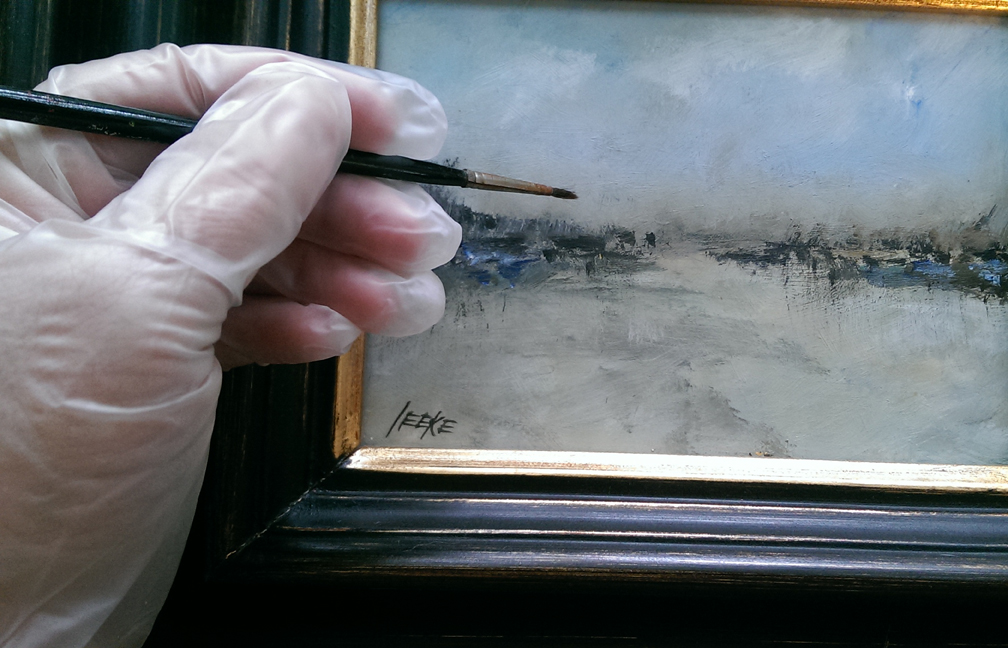October 4, 2016 marks the one year anniversary after the 1000 year flood in Columbia, South Carolina. Many folks lost artwork in the flood and those that could tried to salvage what was left.
I thought it would be a good time to revisit the subject of salvaging and preserving art. Here are several steps you can take to preserve paintings, fabric and other collections:
- Carefully remove artwork from the frame and lay horizontally with the paint-side up.
- Reduce the temperature and humidity to around 65 degres;and promote air circulation where the damaged art is being stored in order to diminish mold growth.
- Place an absorbent material (un-inked newsprint, towels,
paper towels) under the art. - Keep replacing absorbent materials as they become damp.
- Dry paintings and photographs flat since mostmaterials become weaker when wet; do not hang wetobjects without a conservator’s advice.
- Silk can be hand-washed or washed on the gentle cycle in your washing machine on cold. Remove from washer and immediately iron while wet on the silk cycle until hand dry; then store. Do not use bleach.
- Place photographs in the freezer to remove them from each other.
- If this fails, call the artist that created the work to see if he/she can replace your fine art prints and photographs.
If you think that your artwork may be a covered loss, take photographs of the damages and inform your insurance company as soon as possible. You will need to have a conservator evaluate the artwork and provide a written assessment of damages and cost estimates.
The Library of Congress provides a comprehensive list of steps for various works of art. Here is a link to their website:
http://www.loc.gov/preservation/emergprep/dry.html #Art #ArtPreservation#alicialeeke #photography #silk #paintings



